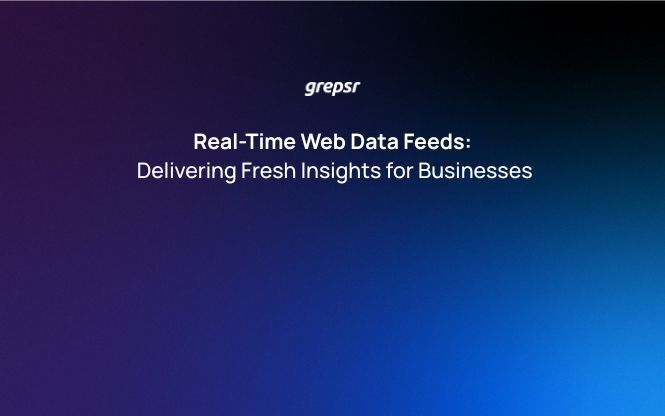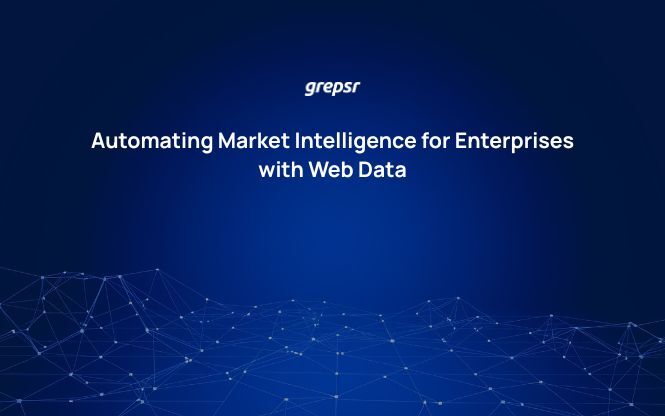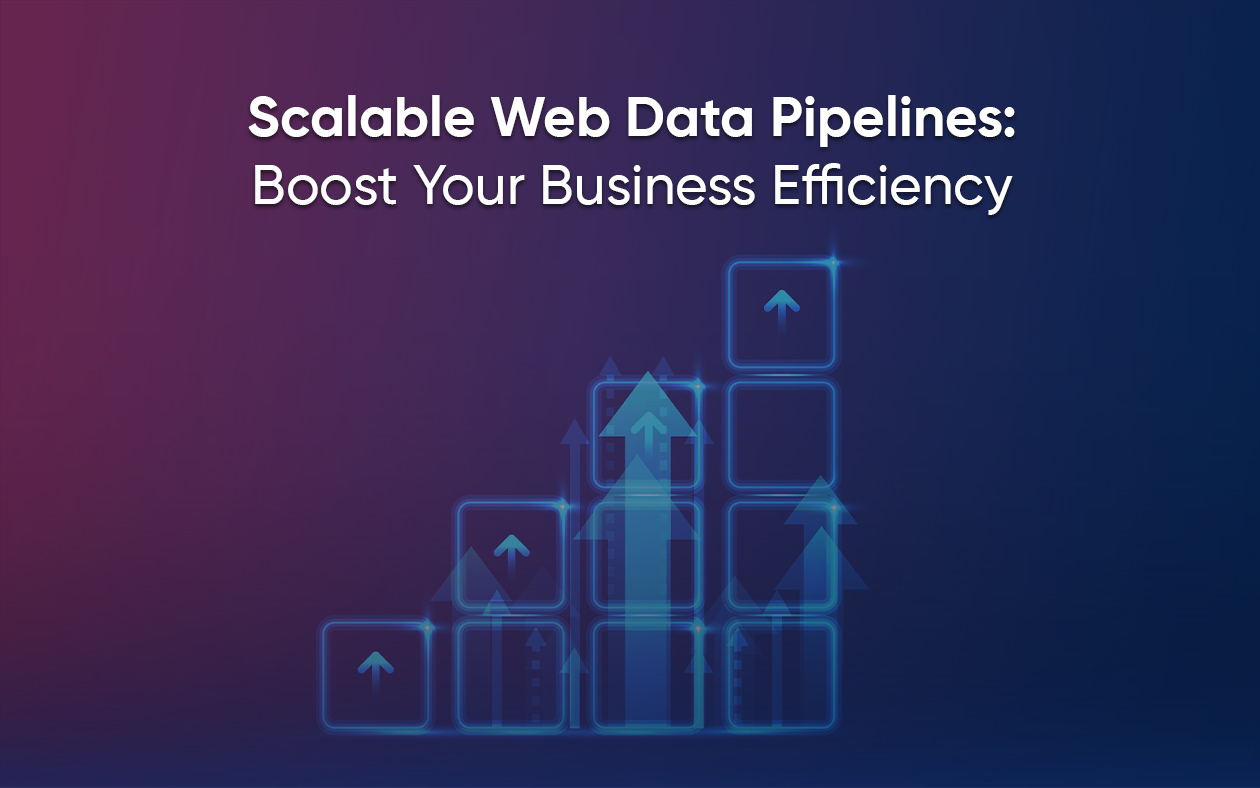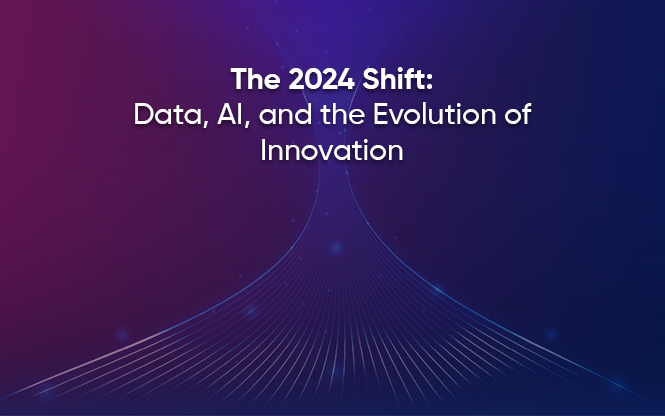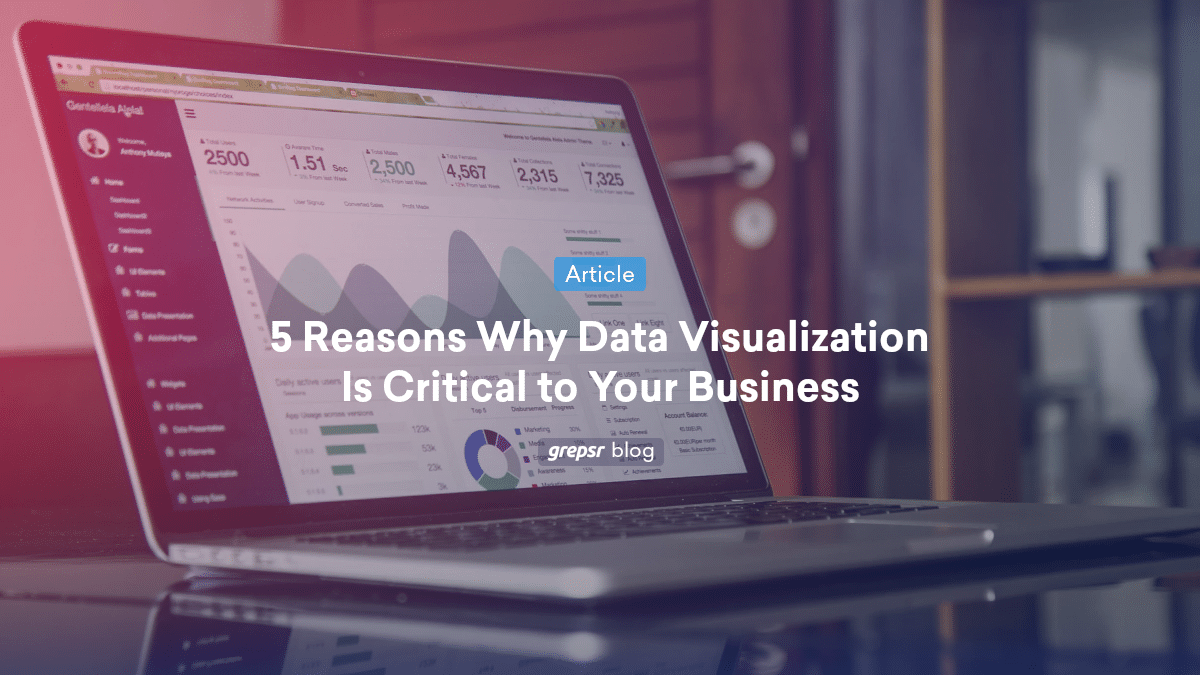When Maya, a data-driven Product Manager at a fast-growing retail app, looked at her weekly dashboards, she felt a familiar lag. Market figures were changing faster than her batch jobs could keep up with.
She needed fresher intelligence without spinning up another internal scraping project. That was the moment she explored Web Data as a Service (DaaS) and discovered how outsourced, structured web data could shorten the path from questions to answers.
Understanding and leveraging data effectively has become crucial for business success. Data-driven Product Managers, CIOs, and Enterprise Architects require reliable, real-time signals to guide product, pricing, and operational decisions.
Web Data as a Service offers a practical path forward by delivering clean, usable, and structured web data that is ready for analysis, thereby eliminating the overhead of building and maintaining in-house collectors. For many teams, this is the difference between reacting next week and acting today.
Let’s discuss more about Web Data as a Service and how you use it to the fullest for your organization.
How Web Data as a Service Works?
Web Data as a Service is a strategic offering that enables external providers to gather, process, and deliver web-based data tailored to your specific requirements. Instead of setting up crawlers, parsers, schedulers, QA, retries, and delivery yourself, you subscribe to a managed feed.
The provider handles source discovery, extraction frequency, normalization, quality checks, and delivery to your database, data lake, or BI tool. Services like AWS Data Exchange show how subscribing to curated, third-party datasets can streamline consumption at scale.
For teams that occasionally need to extract data with headless Chrome, DaaS partners can include headless browser capture for JavaScript-heavy sites, so you still get structured outputs without owning the complex infrastructure.
The Role of Data-as-a-Service Providers
Data-as-a-Service providers let your company focus on core activities while they handle web data sourcing end-to-end. They use advanced scraping technologies and governance to transform diverse web sources into analysis-ready feeds. The benefits include:
- Scalable Solutions: Capacity adapts as your use cases grow across products, categories, and regions.
- Quality Assurance: Validation, deduplication, schema checks, and monitored SLAs keep your data trustworthy.
- Cost Efficiency: You avoid standing up crawlers, proxies, storage, retries, and ops, and invest more time in analysis and strategy.
If you prefer a hands-off approach, Grepsr’s Data-as-a-Service packages collection, quality control, and delivery into a managed program that your analysts can plug into quickly.
Why Enterprises Choose DaaS?
Enterprise DaaS gives Maya’s team seamless access to managed data feeds that arrive clean, current, and aligned with downstream schemas.
1. Simplifying Data Management
Managing volumes of fast-changing web data can be daunting. DaaS simplifies the stack by handling extraction, cleaning, and delivery. At Grepsr, professionally managed extraction and use-case-driven feeds reduce engineering effort and accelerate time to value for product, pricing, and research teams.
2. Enhancing Decision-Making.
CIOs and Product Managers rely on accurate insights to guide strategy. With DaaS, decision-makers gain comprehensive, near-real-time data that enhances targeting, pricing, and roadmap decisions. Cloud marketplaces that centralize third-party datasets illustrate how curated data accelerates analytics across tools and teams.
3. Ensuring Compliance and Security
Data privacy and security sit at the top of every enterprise checklist. Reputable providers follow clear guidelines, respect terms and robots rules, and align with privacy regulations such as GDPR. Your legal and security teams can audit sources, lineage, and delivery paths more easily when a partner documents their approach. Refer to the GDPR’s overview for compliance fundamentals.
Benefits of Using Managed Data Feeds
Maya’s team swapped nightly scrapers for managed data feeds that deliver incremental updates as they happen. The impact showed up within weeks.
Real-time Data Access
Dynamic markets reward speed. Managed feeds provide continuous updates, ensuring your dashboards, alerts, and models are constantly working with current data. Subscribing to external data through established cloud channels is a proven pattern for reliable delivery at scale.
Customization and Flexibility
Every enterprise has unique fields, formats, and frequencies. With customizable feeds, you select attributes, filters, destinations, and schedules. Grepsr aligns delivery to your schema and tools, so your analysts can consume data without heavy transformations. See Grepsr’s DaaS overview.
Streamlined Operations
Outsourcing the heavy lifting reduces toil. Your engineers spend less time fixing brittle scrapers and more time building models and experiments. Some vendors also support consumption via marketplaces and APIs to centralize entitlements and simplify governance.
Grepsr’s Approach to Enterprise DaaS
1. Cutting-edge Technology
Grepsr uses advanced collection methods, monitoring, and validation to produce structured web data you can trust. From JavaScript rendering to source change detection, the focus is on accuracy and consistency at scale. Explore the portfolio on Data-as-a-Service and Customer Stories.
2. Dedicated Support and Expertise
Grepsr’s specialists collaborate with your Product, Data, and Security teams to define scope, frequency, and delivery. That shared planning reduces surprises and keeps the feed aligned with downstream consumers. If you are integrating web data into BI, this Grepsr guide outlines practical steps.
3. Scalable and Cost-effective Solutions
As requirements evolve, your feeds scale horizontally. Consumption can also flow through cloud channels designed for third-party data, which centralize subscription, entitlement, and billing. AWS Data Exchange is a good reference architecture for this pattern.
Real-world Impact of Structured Web Data
Here is how Maya’s company utilized DaaS to transition from a reactive to a proactive approach.
1. Competitive Analysis
They tracked competitor assortments, pricing, and promotions in near real time. The result was quicker price reactions, smarter bundling, and fewer stockouts. For enterprises that buy external data as part of their analytics stack, cloud exchanges illustrate the scale and variety of available feeds.
2. Market Research and Consumer Insights
They blended product reviews, Q&A threads, and ranking signals to understand shifting preferences. With consistent attributes and timestamps, the team spotted patterns earlier and adjusted copy, images, and features before the following season.
3. Operational Improvements
They routed supply to the right regions faster and prioritized catalog fixes based on sentiment alerts. The time saved on maintenance was invested in experiments that increased conversion. For examples of targeted outcomes, browse Grepsr’s use cases and customer stories.
Final Thoughts
Web Data as a Service is changing how enterprises interact with external data. It compresses the journey from discovery to decision, allowing your experts to focus on interpretation rather than infrastructure.
Providers like Grepsr offer comprehensive, secure, and scalable solutions that integrate seamlessly with your existing tools, enabling you to deliver value sooner. If you are a Product Manager, CIO, or Enterprise Architect ready to shift from lagging signals to live insight, start with one high-impact feed, measure lift, and expand confidently.
Learn more about Grepsr Services and Data-as-a-Service, or explore curated data subscription models via AWS Data Exchange to understand marketplace-based consumption.
FAQs – Web Data As a Service
1. What is Web Data as a Service?
Outsourcing web data collection and processing to a specialized provider that delivers clean, structured datasets to your preferred destinations. Marketplace models, such as AWS Data Exchange, simplify the process of subscribing to third-party data for large teams.
2. How can DaaS benefit Data-driven Product Managers?
It provides accurate, current signals that inform prioritization, pricing, and experimentation. Feeds align with your schemas, allowing analysts to move quickly with minimal preparation.
3. What makes Grepsr’s approach unique?
Advanced collection and validation, collaborative scoping, and delivery tuned to BI and data platforms.
4. How do managed data feeds work?
Your provider continuously captures data from approved sources, validates it, and delivers it on a schedule or event basis to your warehouse or lake. Many enterprises centralize subscriptions and entitlements through cloud data exchanges.
5. Why should CIOs consider DaaS?
DaaS reduces operational burden, standardizes ingestion, and strengthens governance. Reputable partners align with privacy standards, such as the GDPR, for compliant processing.
6. Can Web Data as a Service aid in market research?
Yes. Structured web data reveals trends, sentiment, and competitive shifts early, which sharpens research and testing.
7. How does Grepsr ensure data security and compliance?
By following strict collection practices, documenting lineage, and aligning with privacy and security requirements. Learn more about Grepsr Services and review GDPR resources to inform your internal policy framework.






